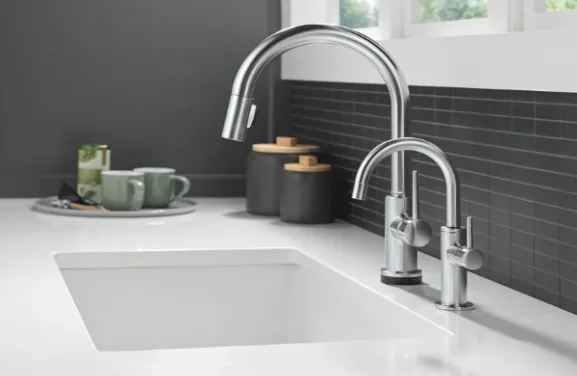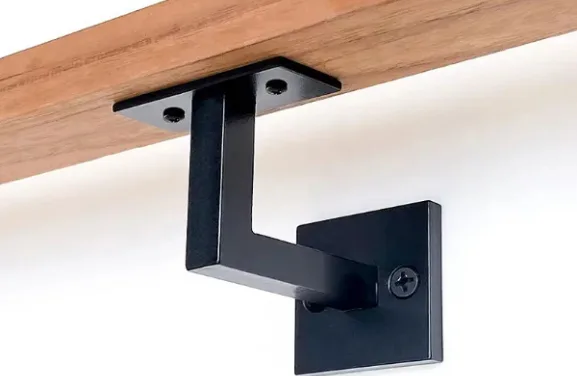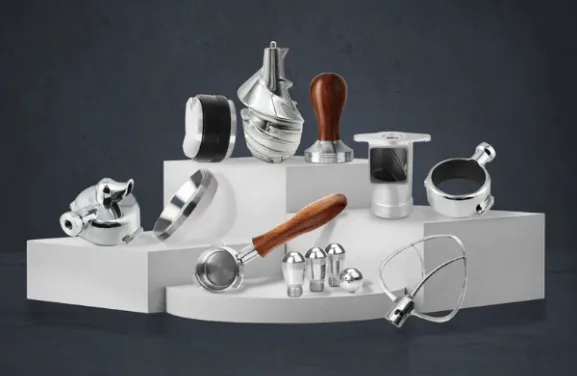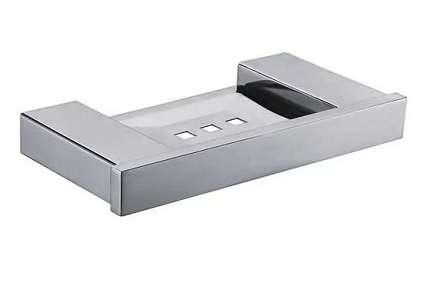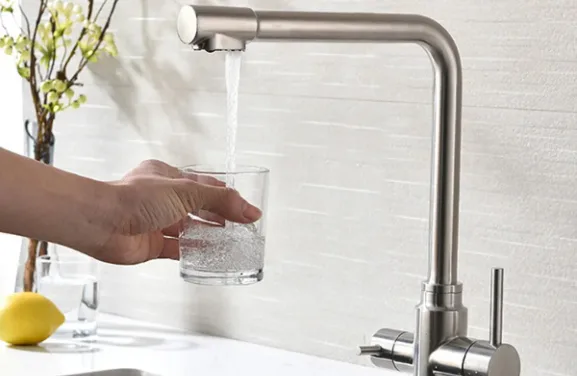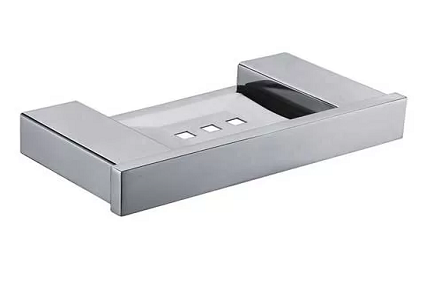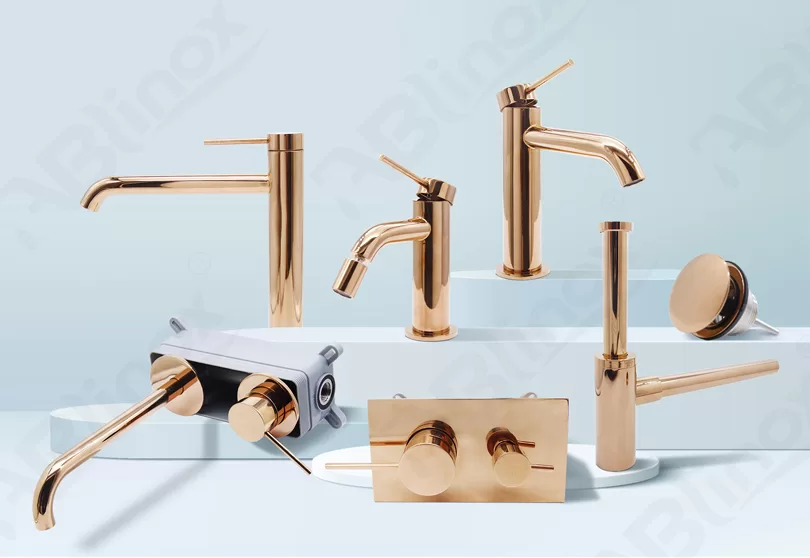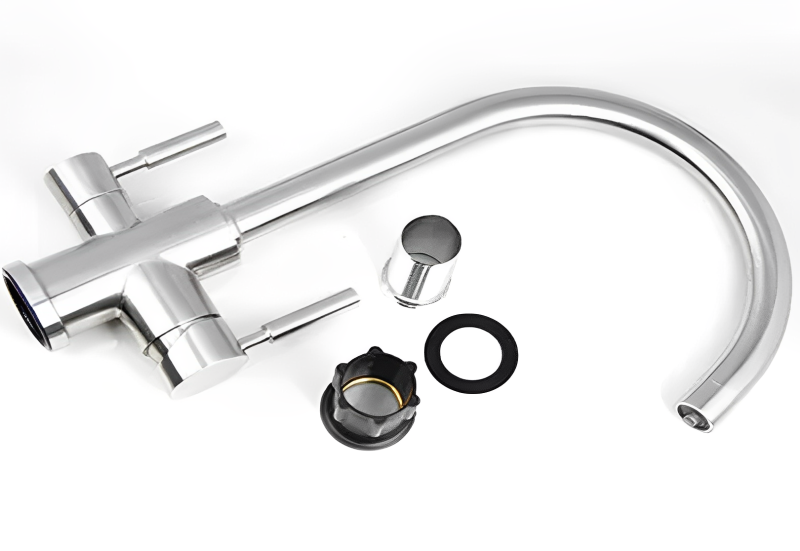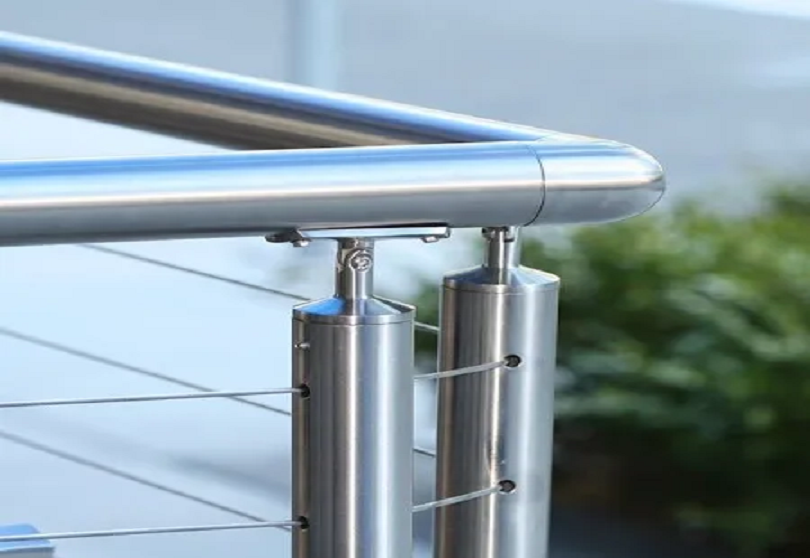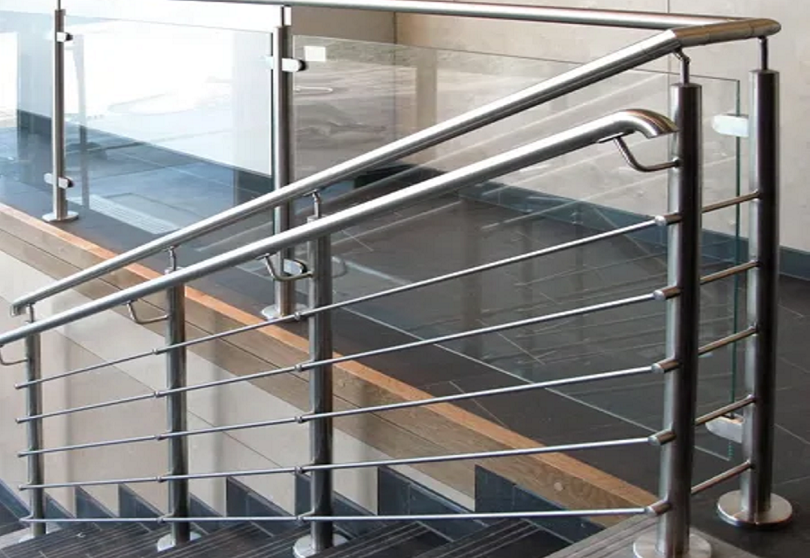
When Stainless Steel Faucets Turn Bluish: Causes and Solutions
- By:ABLINOX
- 2024-05-11
- 155
When Stainless Steel Faucets Turn Bluish: Causes and Solutions
Have you ever noticed a bluish tint on your stainless steel faucets that seemed out of place? This phenomenon can be quite perplexing, but fear not – there are logical explanations for this color change. Let’s dive into the reasons why stainless steel faucets may turn blue and explore some possible solutions to restore their original shine.
1. Chemical Reactions
One common cause of stainless steel faucets turning bluish is exposure to certain chemicals. Household cleaners containing chlorine or ammonia can react with the stainless steel, leading to discoloration. To prevent this, always read the labels of cleaning products before use and opt for stainless steel-safe alternatives.
2. Heat Exposure
Excessive heat can also cause stainless steel faucets to turn blue. If your faucets are located near a heat source such as a stove or oven, the metal may undergo a process called heat tinting, resulting in a bluish hue. To address this issue, consider repositioning the faucets away from direct heat sources.
3. Water Quality
The quality of your water can play a role in the discoloration of stainless steel faucets. High levels of minerals or impurities in the water supply may react with the metal, causing it to change color over time. Installing a water filtration system or using distilled water can help maintain the appearance of your faucets.
4. Aging and Wear
Like any other material, stainless steel can exhibit signs of aging and wear over time. Scratches, dents, or corrosion can contribute to the bluish tint on your faucets. Regular cleaning and maintenance can help prevent these issues and prolong the lifespan of your fixtures.
5. Restoring the Shine
If your stainless steel faucets have already turned blue, fret not – there are ways to restore their original shine. Using a gentle stainless steel cleaner and a soft cloth, you can polish the faucets to remove the discoloration. Avoid abrasive cleaners or harsh chemicals that could further damage the metal.
By understanding the causes of discoloration and taking proactive steps to maintain your stainless steel faucets, you can keep them looking pristine for years to come. Remember, prevention is key when it comes to preserving the beauty and functionality of your fixtures!
-
Exploring the Art of Precision Casting
2025-03-20 -
Premium Stainless Steel Hinges for Durable Glass Shower Enclosures
2025-03-14 -
Stainless Steel Tactile Products: Durable Solutions for Barrier-Free Environments
2025-03-12 -
Celebrating Women’s Day: Special Care for Our Female Employees
2025-03-08 -
From Design to Finished Product: The Complete Guide to Stainless Steel Precision Casting
2025-02-26 -
Guides To Buy Stainless Steel Sanitary Ware
2024-01-16 -
How Do We Customize SS 304 Faucets for You?
2023-10-17 -
One of the Casting Steps, Pouring
2023-07-24 -
Training for Business Expansion
2022-07-02 -
Internal Business Sharing Meeting
2022-06-20
-
Premium Stainless Steel Handrail Fittings from a Trusted SS Casting Manufacturer
2025-10-29 -
Premium Stainless Steel Balustrade Accessories and Boat Hardware for Lasting Performance
2025-10-29 -
High-Performance Stainless Steel Hardware for Marine and Architectural Applications
2025-10-29 -
High-Quality Stainless Marine Hardware and Balustrade Accessories
2025-10-23 -
High-Quality Stainless Steel Marine Hardware and Casting Solutions
2025-10-23 -
Premium Stainless Steel Casting Hardware for Architecture and Home Design
2025-10-09 -
High-Quality Stainless Steel Railing and Marine Accessories for Modern Applications
2025-10-09 -
Precision Stainless Steel Casting and Marine Hardware Manufacturer
2025-10-09 -
Precision Stainless Steel Casting and Hardware Solutions for Modern Living
2025-10-09 -
Premium Stainless Steel Railing and Marine Accessories for Lasting Performance
2025-10-09











